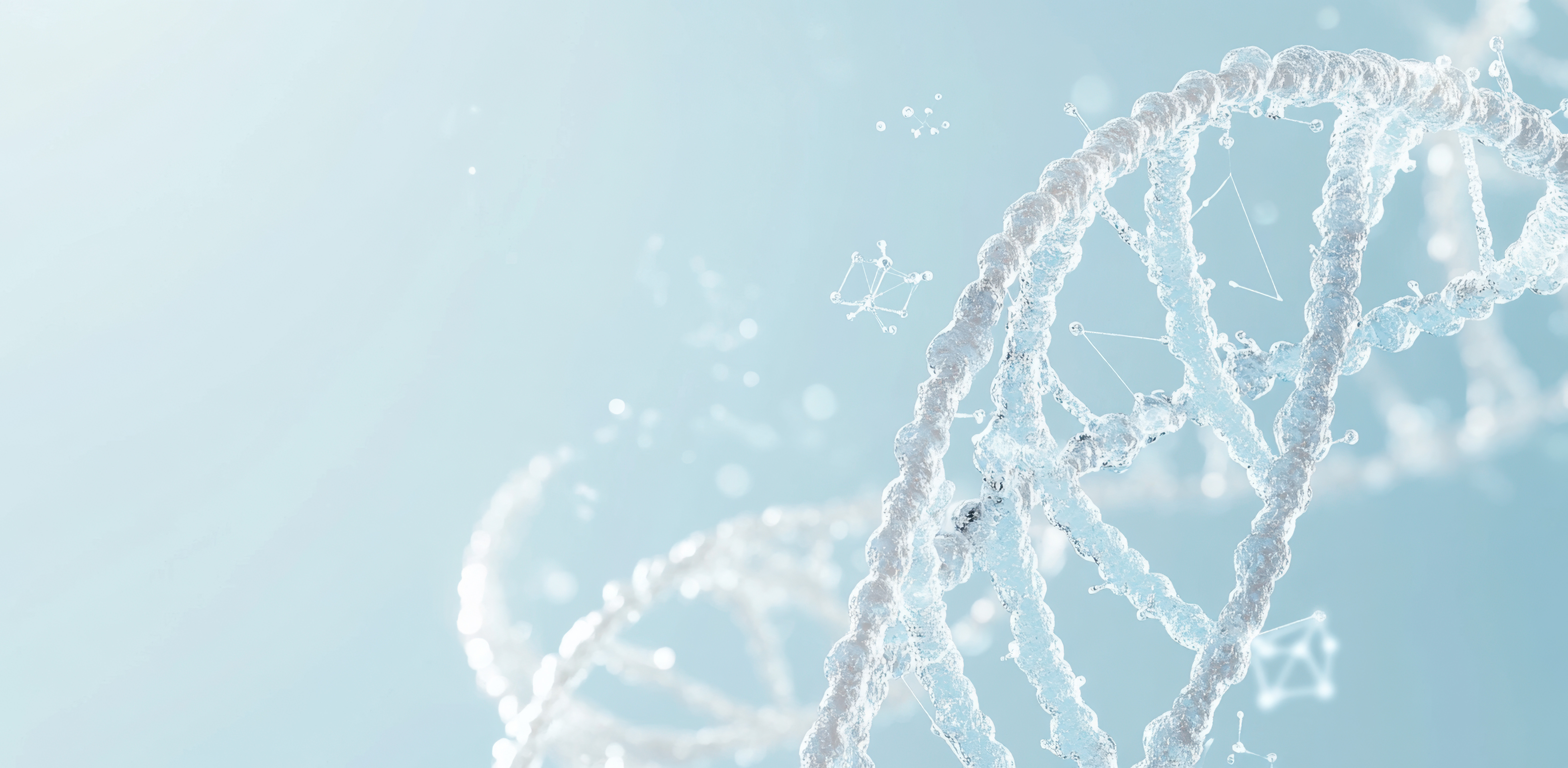
When 117-year-old, Maria Branyas Morera died in August last year, she was the world’s oldest living person.
Born in San Francisco on 4 March 1907, Branyas lived her early years in the US before her family later returned to Spain, settling in Catalonia in 1915. Throughout her many decades, Branyas witnessed several world-changing events including two World Wars, the rise of modern technology, and the COVID-19 pandemic (she even made international headlines in 2020 when she contracted the virus, but remained asymptomatic and recovered relatively easily).
So, to what did Branyas owe her long and healthy life?
In an interview conducted by the Guinness organization’s website, Branyas attributed her longevity to “order, tranquility, good connection with family and friends, contact with nature, emotional stability, no worries, no regrets, lots of positivity and staying away from toxic people”.
However, wondering whether something more biological might also be at work, University of Barcelona genetics professor Manel Esteller led a comprehensive, multiomics analysis of Branyas’ genomic, transcriptomic, metabolomic, proteomic, microbiomic and epigenomic landscapes in different tissues. This work amounts to some of the most complete research in a supercentenarian subject to date, providing rare and valuable insight into the biological signature of an extreme human lifespan. Several key findings are discussed below.
Ticking telomeres
Esteller’s team first undertook High-Throughput Quantitative Fluorescence In Situ Hybridization (HT-Q-FISH) analysis to examine the length of Branyas’ telomeres (regions of repetitive DNA sequences that protect the ends of each of our chromosomes).
It has long been understood that telomeres erode and become damaged with age, so the discovery that Branyas’ telomeres were extremely short came as no surprise. However, since Branyas presented with overall good health status, Esteller’s team hypothesised that telomere attrition might simply behave as a ‘chromosomal clock’ for aging, rather than a predictor of age-linked disease.
It was even theorised that Branyas’ short telomeres might have limited the lifespan of any malignant cells in her body, potentially explaining why she was never diagnosed with cancer despite her advanced age.
Good genetics?
Whole genome sequencing was also utilised to identify genomic variants that might impact genes associated with longevity and disease resistance.
The analysis revealed 7 variants in Branyas’ genome, affecting 16 protein-coding and 3 non-coding genes. Of note, variants were detected on DSCAML1, a gene associated with immune function and cognitive retention, and MAP43K, which has been linked to lifespan regulation in roundworm C. elegans, as well as autoimmune disease, aging, and cancer. Surprisingly, none of these variants were found in any of the control European populations.
Epigenetic analysis of the DNA methylation status of 3 different tissue types further indicated that Branyas’ supercentenarian cells functioned at a much younger ‘biological age’ than her real chronological age.
DNA methylation affects how genes are expressed and changes predictably as we get older, meaning scientists can examine DNA methylation patterns at specific genomic sites to (most of the time) accurately pinpoint the age of a given tissue. However, in Branyas’ case, rather than reflecting her actual age, the ‘biological age’ of her tissues more closely reflected that expected of a younger, centenarian’s cells.
A yoghurt (or three) a day…
The composition of gut bacteria shifts with age; beneficial groups like Bifidobacteria and Actinobacteria typically decline, while Proteobacteria tend to become more prevalent in older individuals. Based on the knowledge that our microbiome diversity affects many factors including inflammation, intestinal permeability, cognition, and bone/muscle health, Esteller’s team also examined the microbial content of Branyas’ stool.
Strikingly, analysis of Branyas’ gut microbiome revealed greater diversity compared to the control female population. She exhibited elevated levels of Actinobacteria and Bifidobacteria, alongside reduced Proteobacteria - a profile that defies the typical age-related microbial trend. Numerous studies have linked microbes such as Bifidobacteria with a slower progression of age-related disorders, offering promising insights into the potential of probiotics to keep humans staying heathier for longer.
Branyas’ healthy gut microbiome could in part be attributed to her Mediterranean diet and keen love of yoghurts (she ate 3 per day!), which are known to favour the growth of these positive bacterial species in the gut.
Final thoughts
Overall, Estellar’s team’s research indicates that extreme human longevity can be characterised by the coexistence of conventional biomarkers of advanced age (including shortened telomeres), and healthy genetic and functional tissue traits (such as the presence of genetic variants that are protective against common diseases, as well as an anti-inflammatory gut microbiome, and an epigenome associated with decelerated epigenetic aging).
While most of us likely won't reach 117 (no matter how many yogurts we eat), this study helps us in understanding the key contributors to a long and healthy lifespan. The considerable potential for future innovation in this field provides opportunities for securing meaningful patent protection, safeguarding continued longevity research and therapeutic advancement. We look forward to supporting new and exciting developments in this space.
Emily is a trainee patent attorney in our life sciences team. She joined Mewburn Ellis LLP in 2022. Emily specialises in Molecular and cell biology Genomics, Immunology and Additional interest in cancer biology.
Email: emily.garnett@mewburn.com
Sign up to our newsletter: Forward - news, insights and features
Our people
Our IP specialists work at all stage of the IP life cycle and provide strategic advice about patent, trade mark and registered designs, as well as any IP-related disputes and legal and commercial requirements.
Our peopleContact Us
We have an easily-accessible office in central London, as well as a number of regional offices throughout the UK and an office in Munich, Germany. We’d love to hear from you, so please get in touch.
Get in touch

